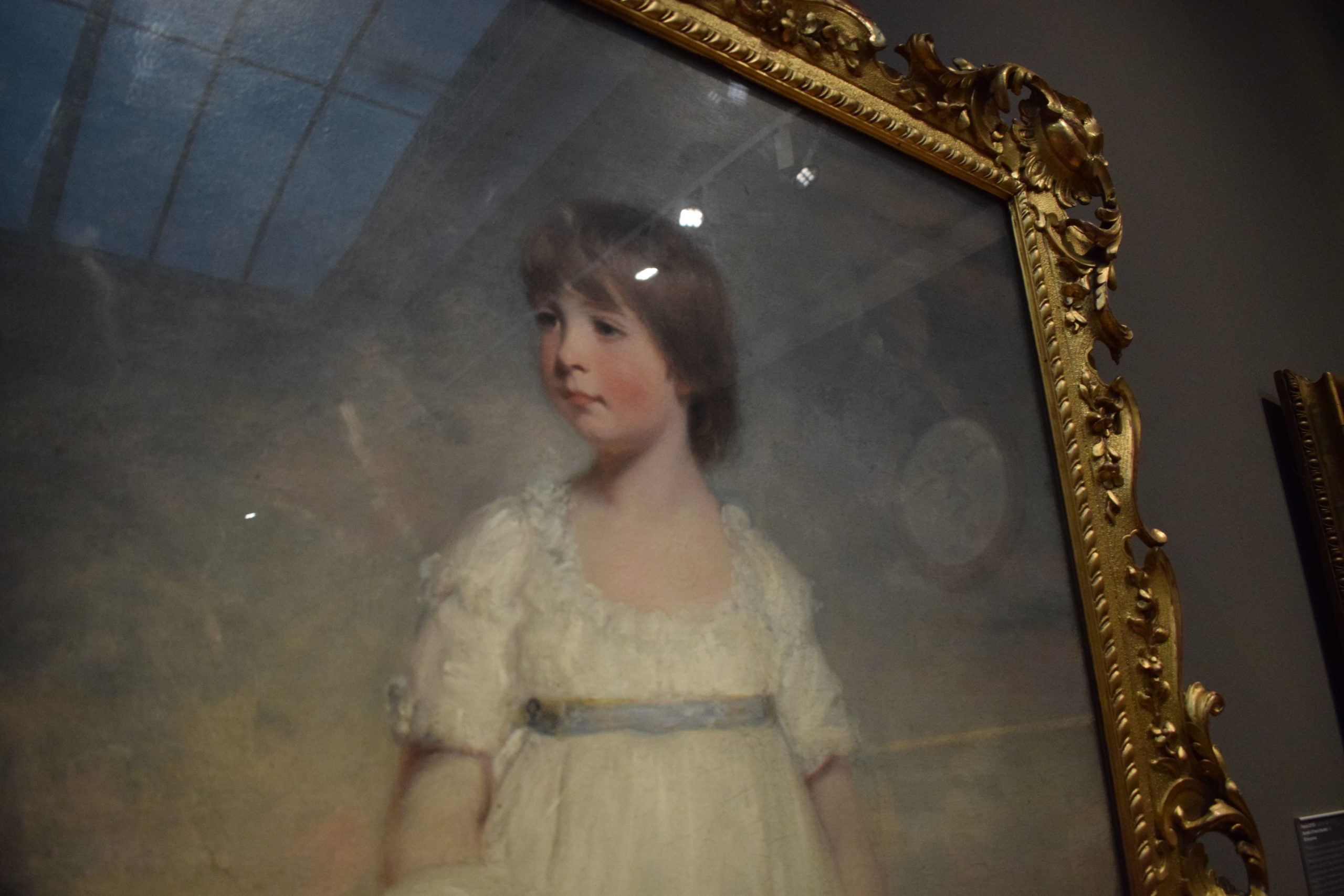Despite stubborn popular opinion, Hull has a lot to recommend it. There are an array of theatres, marvellous cultural sites as well as it being the home of formerly alive poet Philip Larkin. But at the heart of Hull is also the Ferens Art Gallery. This is home to some impressive paintings and some nauseating modern art. Below are my highlights from this gallery.
Philipe de Champaigne – The Annunciation ca. 1644
This picture was painted for the private chapel of Queen Anne of Austria (1601–1666), the widowed wife of Louis XIII. The chapel, a small oval room in the Palais Royal, Paris, was decorated by the most prominent French painters of the day. Met Museum
The Annunciation refers to the announcement by the angel Gabriel to the Virgin Mary that she would conceive a son by the power of the Holy Spirit to be called Jesus (Luke 1:26–38). This is a particularly fine representation of this momentous and emotive event in the Christian Faith. Observe the Virgin Mary’s humility here. Observe the beauteous righteousness of the angel Gabriel. The fabric really took my eye as well. The way that the light is reflected from the heavens opening, how it falls more evenly on Gabriel is wonderful. I also love the cherubs fighting to get a look at the event. This is a really impressive painting.
Crijn Hendricksz. Volmarijn (c.1604–1645) – The Supper at Emmaus ca 1632
I was surprised to find another Catholic piece in my highlights. Perhaps I am becoming more holy. This 1632 piece by Crijn Hendricksz may be seen as an attempt to hold a candle to the famous painting of the same name by Caravaggio produced in 1601. I’ll focus on this one for now, if that is all right. The painting depicts the moment when the resurrected but incognito Jesus, reveals himself to two of his disciples (presumed to be Luke and Cleopas) in the town of Emmaus, only to soon vanish from their sight (Gospel of Luke 24: 30–31).
As you may have seen from my Highlights of the Mauritshuis post, I am a sucker for candles represented in paintings. I love the way that Hendricksz has depicted the light on Jesus’ face in particular. I also appreciate the pseudo iconographical breaking of the bread here. Observe the elegance of their fingers and how the light is reflected in their nails. Observe the stigmata on Christ’s hand. Observe the delicacy of the wrinkled brow. I’m really impressed by this.
John Hoppner (1758–1810) – Anna Isabella Milbanke (1792–1860) (later Lady Byron)
Moving away from Christ, Hoppner’s delicate portrait of Anna Isabelle Milbanke also struck me. Anne Isabella Noel Byron was the 11th Baroness Wentworth and known as Baroness Byron. She was born Milbanke and loved between 17 May 1792 – 16 May 1860. Milbanke was highly educated and religious, perhaps known in part for her marriage to Lord Byron, a famous English poet. She described him to her mother as “a very bad, very good man”.
But you don’t want to hear about their marriage in Seaham, near Durham, or the fact that I have eaten at Downey’s Fish & Chips and so too should you. No you want to hear about the vicissitudes of this painting. And who can blame you? While the rendering of this portrait is not as sharp as the latter two, I should say it is of great merit. The first aspect of note for me is the tule of the dress. The crashing of the waves in the background and small boat in the distance are delightful. However, the true highlight of this piece is facial finesse depicted. The expression is solemn, almost glum (perhaps Lady Byron is cold in the sea air). I think this portrait is quite marvellous.
Spencer Tunick – Sea of Hull 2017
From Catholicism to nudity, I am happy to say my final highlight is the Sea of Hull. This was a piece commissioned for an installation at the Ferens Gallery to celebrate Hull’s relationship to the sea. Interestingly, the photo shoot itself took three hours and the volunteers depicted were ushered around Hull by aptly names ‘nude wranglers’. One has to immediately admire the commitment of these blue people. Hull is rather far North and is a sea town, which means howling coastal gales. The fact that Spencer Tunick convinced 3200 people to go out, sans-kecks, is deeply impressive.
Moving onto the composition of this photograph, one can see the different hues of blue are used cleverly to give the impression of motion. These four shades were taken from the Ferens Gallery itself. Looking at the photograph, I was amazed at its sheer scale. Thousands of people painted themselves one colour and gathered together as one sea. The inference of unity, resolve and strength shown here is clear. To me, this is a unique piece, bravely conceived and flawlessly excecuted.
Stéphane Janssen, one of the volunteers, said of the piece: “I always say that it’s the least sexual thing that I’ve ever seen in my life. We are naked, but it is not important. We are equal. Big people, small people, all colours, all walks of life. Guardian“.
Please do visit the Ferens if you’re in the area. I assure you it is rewarding, even if it is in Hull.





